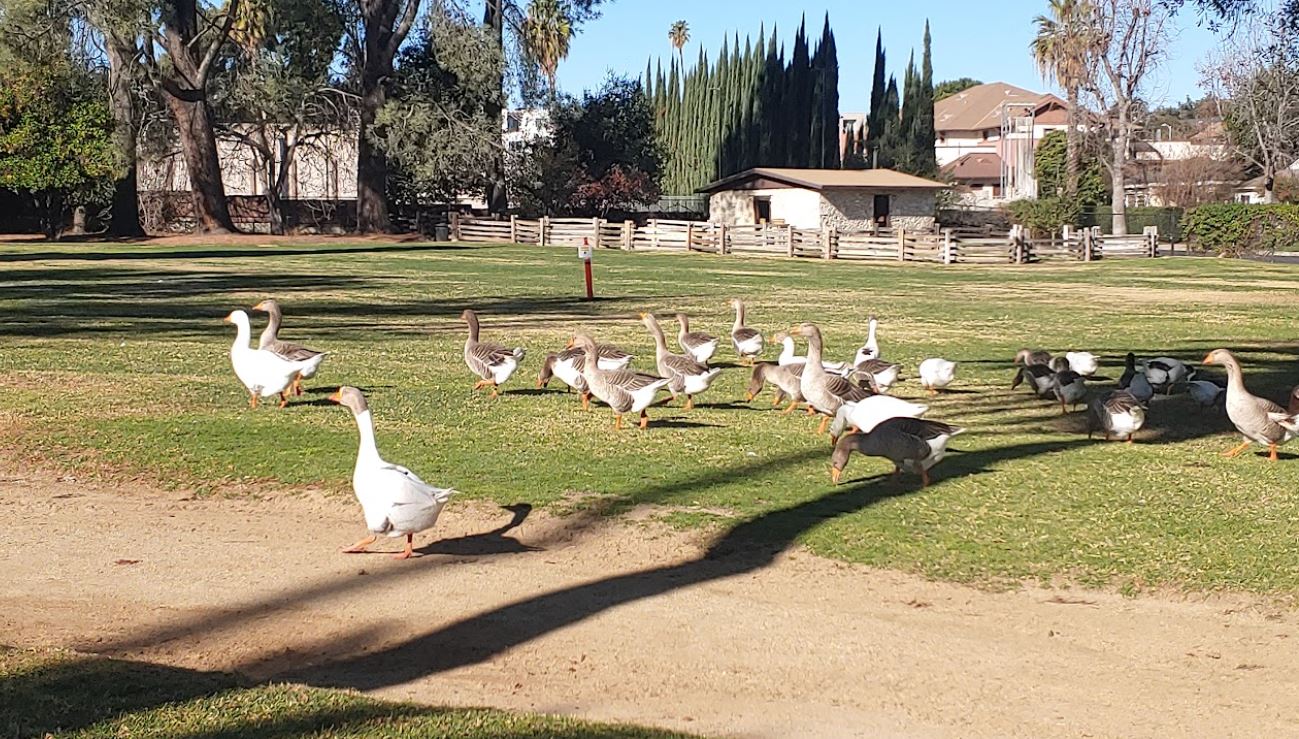Nestled within the bustling city of Encino, California, lies a historical gem that offers a fascinating glimpse into the region’s rich heritage: Los Encinos State Historic Park.
This park, with its preserved adobe structures and tranquil duck pond, serves as a living testament to the diverse cultures and historical events that have shaped Southern California. One of its most prominent features is the De La Ossa Adobe, a well-preserved 19th-century ranch house that sheds light on the lifestyle of settlers during that period.
Although its importance is clear, preserving such a site poses unique challenges and evokes thought-provoking discussions on the balance between maintaining historical authenticity and catering to modern accessibility.
As we explore the park’s natural wonders and delve deeper into the history of the De La Ossa Adobe, we invite you to join us in this fascinating journey into the past.
Exploring De La Ossa Adobe
Venturing into the heart of Los Encinos State Historic Park, we find the De La Ossa Adobe, a symbol of 19th-century California ranch life, bursting with historic charm and fascinating stories.
Constructed in 1849, this adobe house was the residence of the prominent De La Ossa family. The adobe’s architectural style, characterized by thick sun-dried mud bricks and a flat roof, reflects the influence of Spanish Colonial design.
The interior, meticulously restored, contains period-appropriate furnishings and artifacts, providing an immersive glimpse into the past. Today, De La Ossa Adobe serves as a museum, showcasing the rich history of California’s ranching era.
The adobe, thus, stands as a testament to the region’s cultural heritage, offering visitors an engaging and educational exploration of history.
Natural Wonders of the Park
Beyond the historic appeal of the De La Ossa Adobe, Los Encinos State Historic Park is also home to an array of natural wonders, providing visitors with a delightful exploration of California’s diverse flora and fauna.
The park features a tranquil pond, home to various species of waterfowl. Towering eucalyptus trees, dating back to the late 19th century, provide shade and a sense of tranquillity. Bird enthusiasts will appreciate the variety of native bird species, including red-tailed hawks and California quail.
The park’s natural resources are carefully managed to maintain a balance between conservation and public enjoyment. The beautiful landscape, coupled with the rich biodiversity, offers a unique opportunity to appreciate California’s natural heritage while learning about its historic past.

